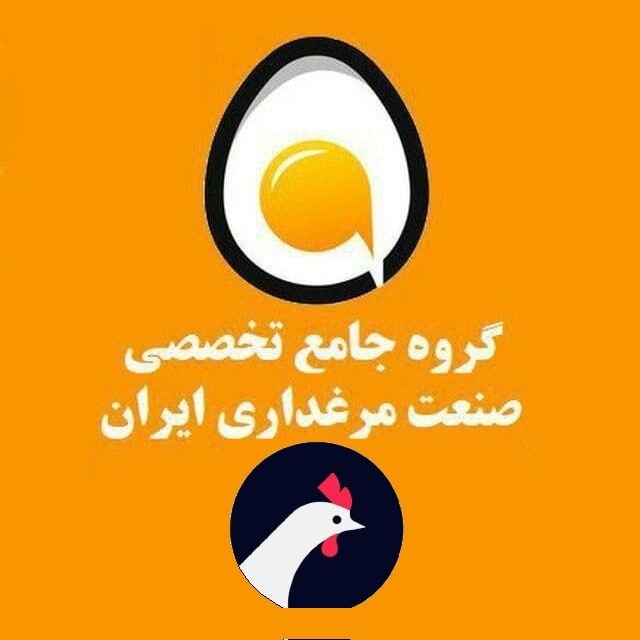“Economic Iran” published the details of the new World Bank report on Iran’s economy
World Bank: Improvement of Iran’s macroeconomic indicators in the last 3 years
In this report, the World Bank has paid attention to the successes of Iran’s economy, including the reduction of poverty, inequalities, economic growth, etc. The World Bank also predicts that poverty will decrease, but at a slower pace. It is expected that poverty in the line of 6.85 US dollars will decrease by 3 percentage points in the next three years, and poverty in the line of 3.65 US dollars will decrease only slightly. Dropped. A combination of rising wages, increased self-employment incomes, and increased national cash transfer programs contributed to consumption growth and corresponding poverty reduction.
In its latest report, which was previously published in a summary form in the media, the World Bank has published the state of Iran’s economy during the years of the 13th government, as well as its outlook until 2027. A narrative from an international organization that impartially emphasizes the achievements of the 13th government in three years. In these years, significant reduction of poverty, economic growth, drop in inflation and inequalities are among the most important economic achievements of Shahid Raisi’s government.
The World Bank has already published a report on Iran’s economy at the beginning of September last year, and the new report of this bank on April 27 of this year is in line with the completion of the aforementioned report, and it emphasizes that Iran’s economy depends on its oil-based growth in 2023 and 2024. will continue and this growth will help return employment to pre-corona pandemic levels.
Last year’s September report of the World Bank stated that Iran’s economy continued its average growth for the third consecutive year in 2022-2023, albeit at a slower pace than the previous year.
The real GDP grew by 3.8% this year, which was caused by the development of services and manufacturing. Despite the sanctions, the oil sector also expanded with the help of tighter global oil markets. Favorable weather conditions helped the agricultural sector to grow slightly after contractions in previous years.
In the expenditure sector, private sector consumption was the main driver of GDP growth. Following a strong expansionary policy in 2021-2022, government spending decreased to curb the budget deficit. On the other hand, both exports and imports increased, with strong investment in machinery leading to an increase in investments, while investment in construction improved marginally.
According to this report, Iran’s financial account has been strengthened through the improvement of oil income and tax revenues. With global oil markets tighter and nuclear talks in the background, higher oil prices and increased oil exports significantly boosted oil revenues, although this growth fell short of the budget target. Tax revenues were fully realized and accounted for more than 40% of total government revenues in 2022-2023. The increase in revenue helped the government reduce the budget deficit to about 2.3 percent of GDP and cover rising expenditures.
This post is written by Mahdi_taghavi_far_iran63
